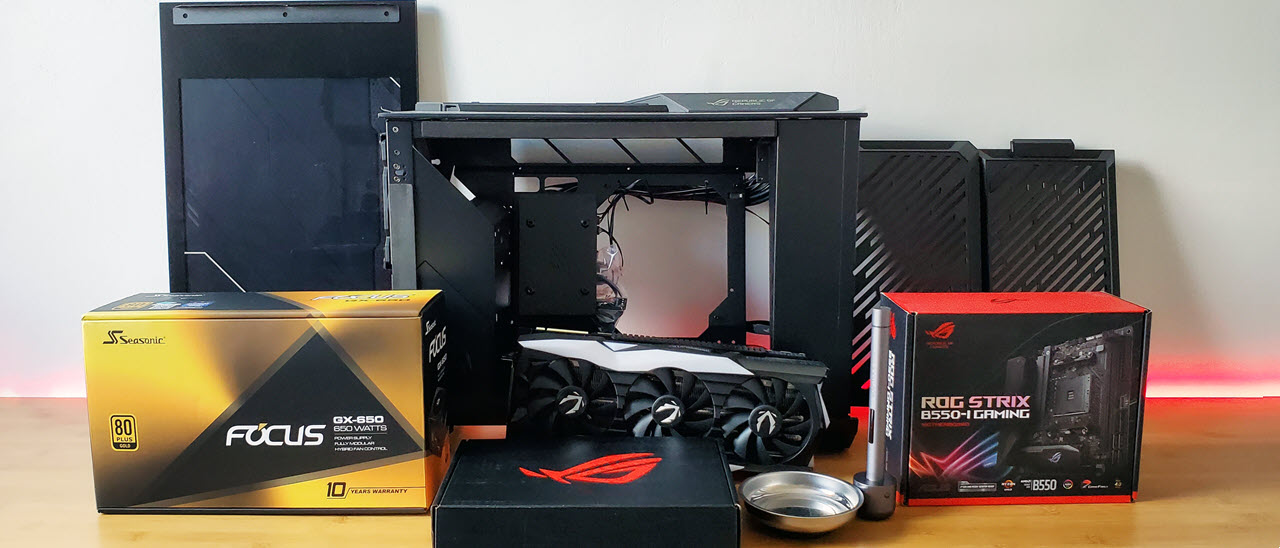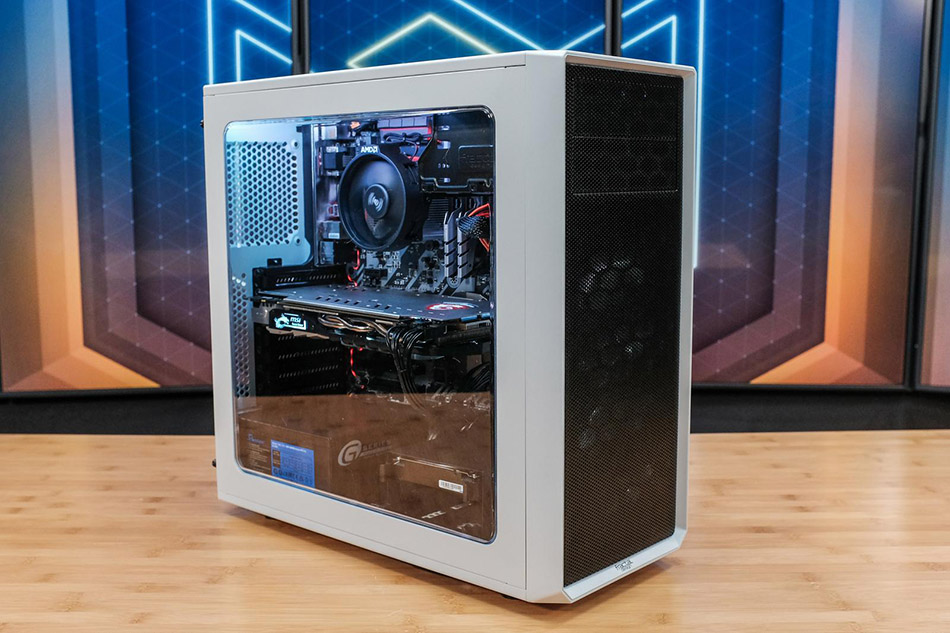

Once I finally felt confident in the choices I had made for my dream build, one looming question remained: Would they all fit?Īlthough it’s easy enough to find size measurements for each part, mapping out the physical placement and clearance for everything is a different challenge if you’ve never gone under the hood of a PC before. You can research and shop for parts on PCPartPicker, and you can use the site’s filters to find options that work with your existing or planned parts, budget, or other needs. With my GPU as a base, I started putting together ideas for potential parts using a website called PCPartPicker. I elected to use the graphics card from my old computer, an Nvidia GeForce GTX 1660 Ti-a solid card that met my needs well enough to orient my build around it. That made availability an important variable in my decision making. The GPU market has been dramatically impacted by global component shortages and manufacturing issues, and as a result even mid-tier and lower-end cards have inflated in price or disappeared entirely. Instead, I set a budget to splurge on certain components without getting too out of control. Despite a deep longing for the best graphics and the fastest performance unlimited money could buy, I couldn’t justify spending many thousands of dollars on this particular project.
GAMING PC BUILDER HOW TO
(My approach of shopping first and learning how to build second was a bit foolish, but it all worked out in the end.) I wanted a small PC that was light and compact enough to easily move around, but I also wanted power. If you know nothing about PCs, the tutorial is a foolproof way to get familiar quickly.īefore trying the game, I had narrowed down which parts to get. If you click on a bubble, you get a summary for that part: For example, it explains that SATA ports are where hard drives are connected, and that I/O (input/output) ports are where peripherals such as keyboards and mice are plugged in. Then, you reach into a pile of parts and pick out, say, the motherboard, where text bubbles appear to point out features such as the hard disk drive’s SATA ports or the chipset. You start by holding the mouse down over the side panels of the case to remove them, after which you unscrew the power supply’s mounting bracket. You can pick out components such as cases or motherboards you’ve had your eye on and inspect them up close with the camera or click around to plug them together.įor total beginners, there’s a tutorial mode that plops you in front of a workbench and has you build a PC from scratch. Literally a game about fixing and building personal computers, it presents a catalog of real-life parts from manufacturers like Asus and MSI and accurately reproduces them on a workbench.
GAMING PC BUILDER SIMULATOR
PC Building Simulator is designed for just such novices. I set a budget cap that let me splurge on certain components without getting too out of control.

It’s hard to anticipate the questions or issues you might come across once you begin.

The internet is brimming with great resources and guides for enthusiasts, but if you’re brand-new to the world of PC building, the sheer amount of information can be overwhelming. For me, that guide was a video game.īy the end of last year, my boredom during the pandemic had hit its peak, and after spending dozens of hours researching-and agonizing for weeks over which parts to buy that would best fit my unreal standards and my very-real savings account-I realized that the most helpful tool was a game called PC Building Simulator. Anyone can build a PC from scratch with a bit of patience and the right guide. But as I learned firsthand, there’s no secret entrance to the world of PC building, no black door with a gold star on it guarding an exclusive club for hobbyists and tech gurus. I’ve also made every excuse in the book not to do it, instead jumping over to consoles to get my fix of newly released, big-budget games. I’ve always dreamed of building my own gaming PC, hoping to end a desktop-gaming existence of painfully long loading screens, laggy gameplay, and dated graphics.


 0 kommentar(er)
0 kommentar(er)
